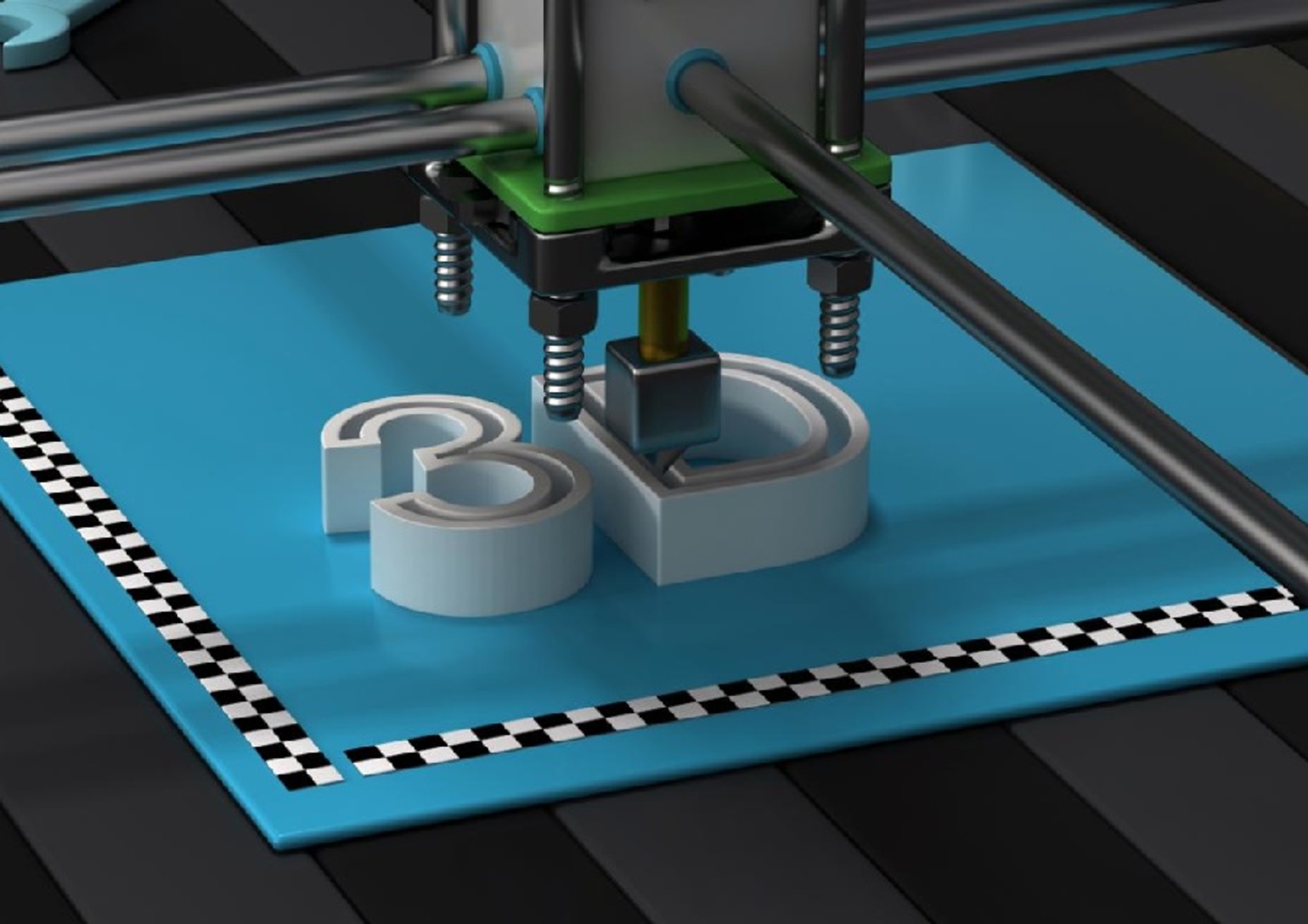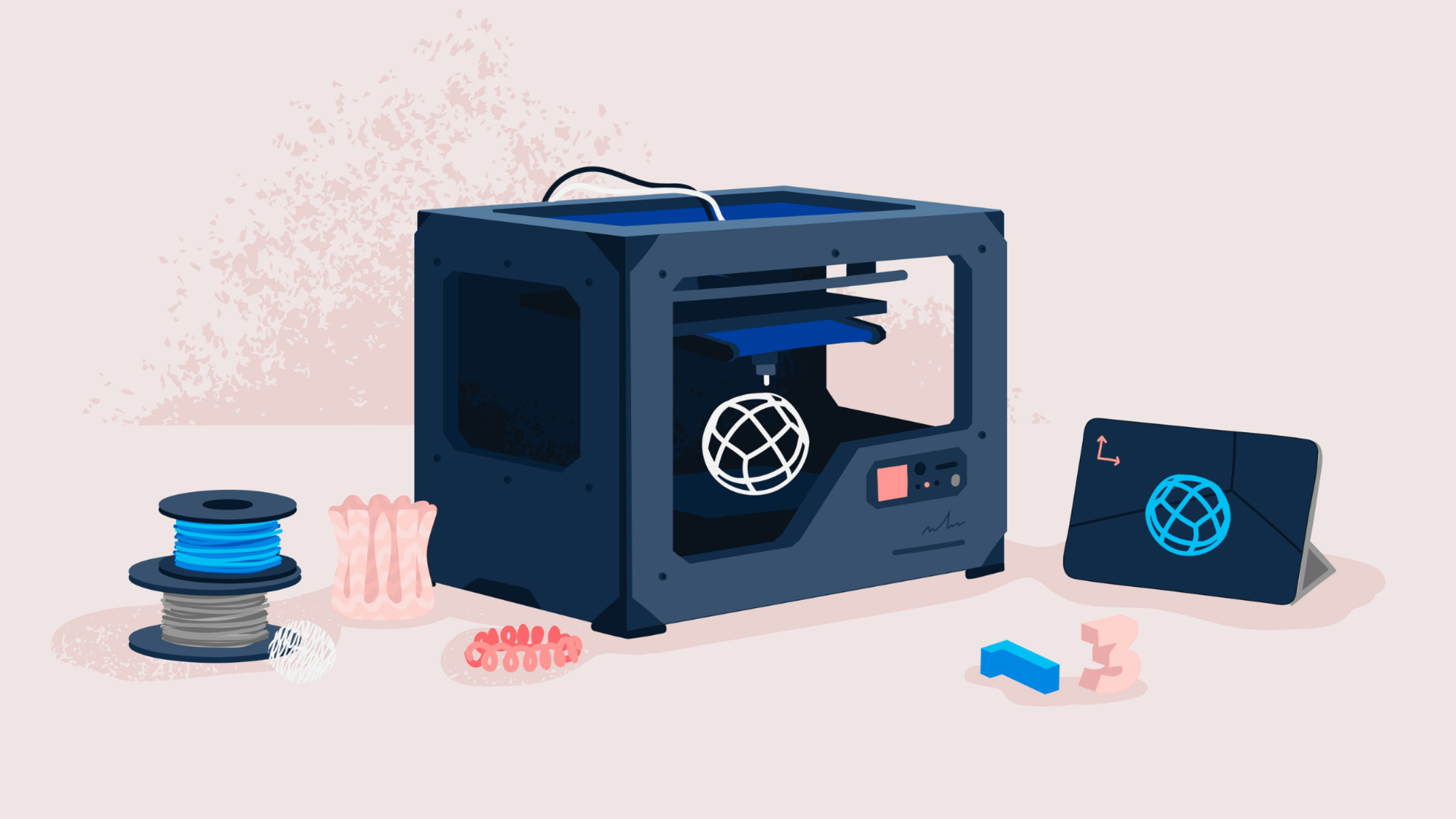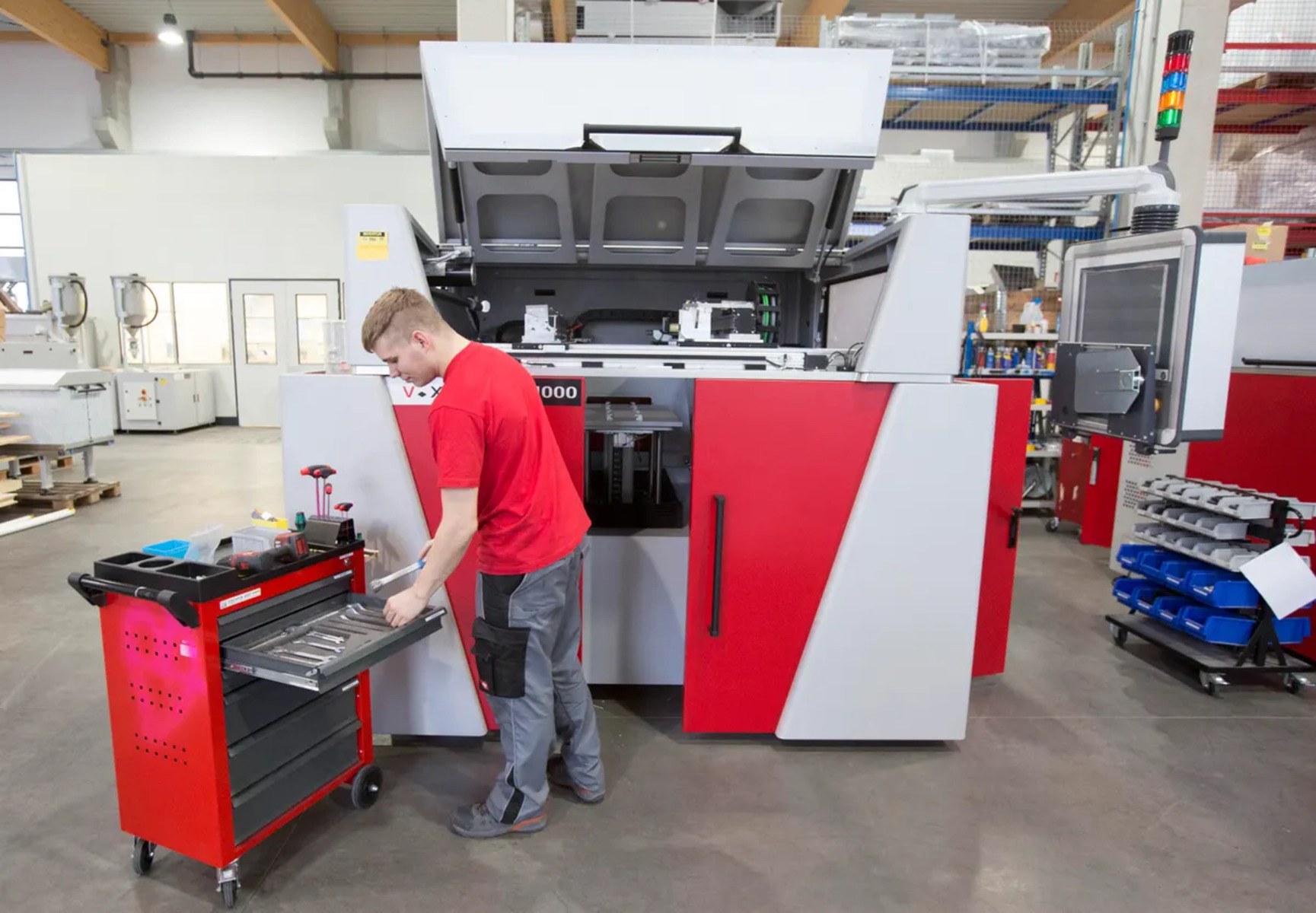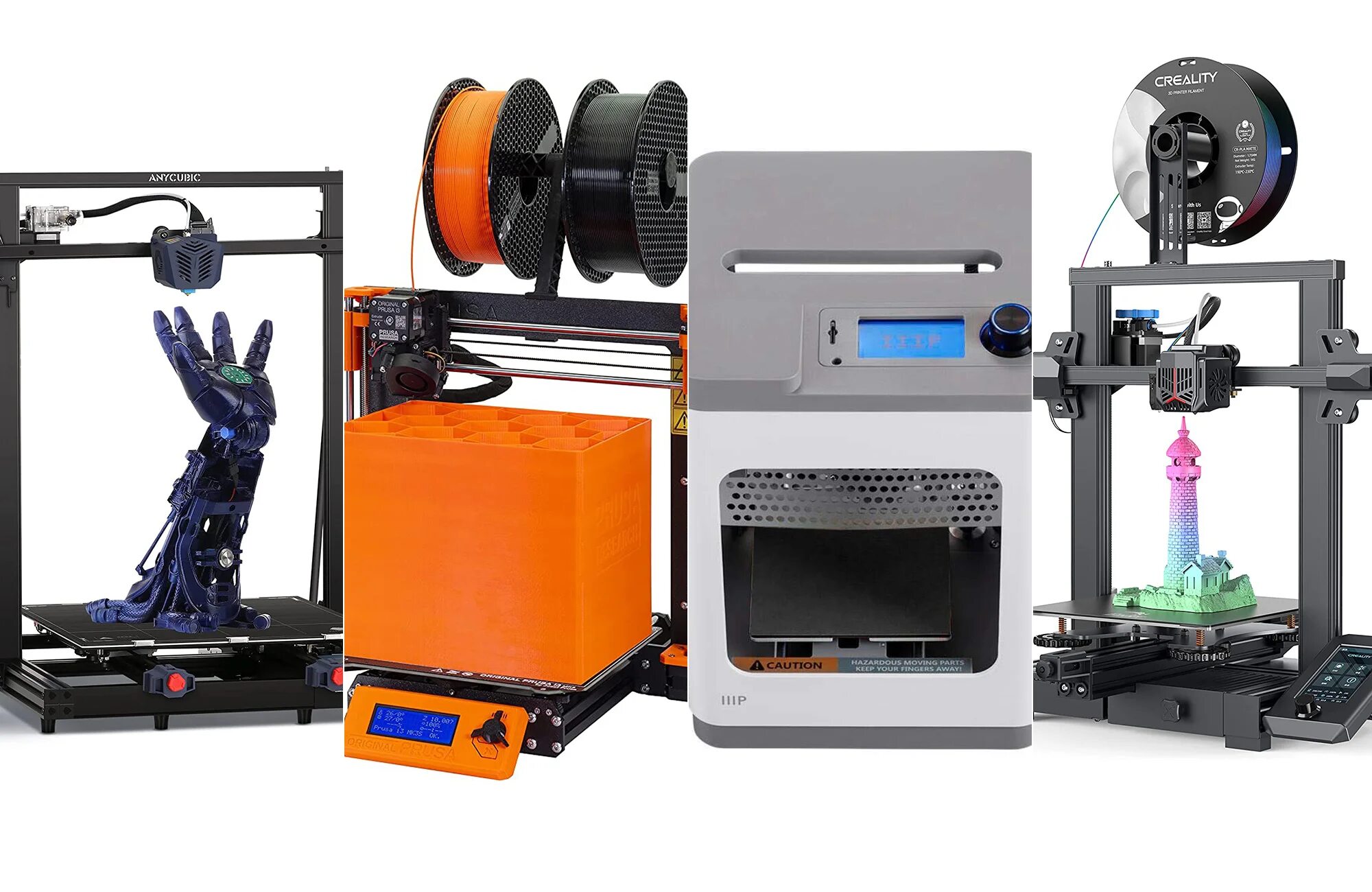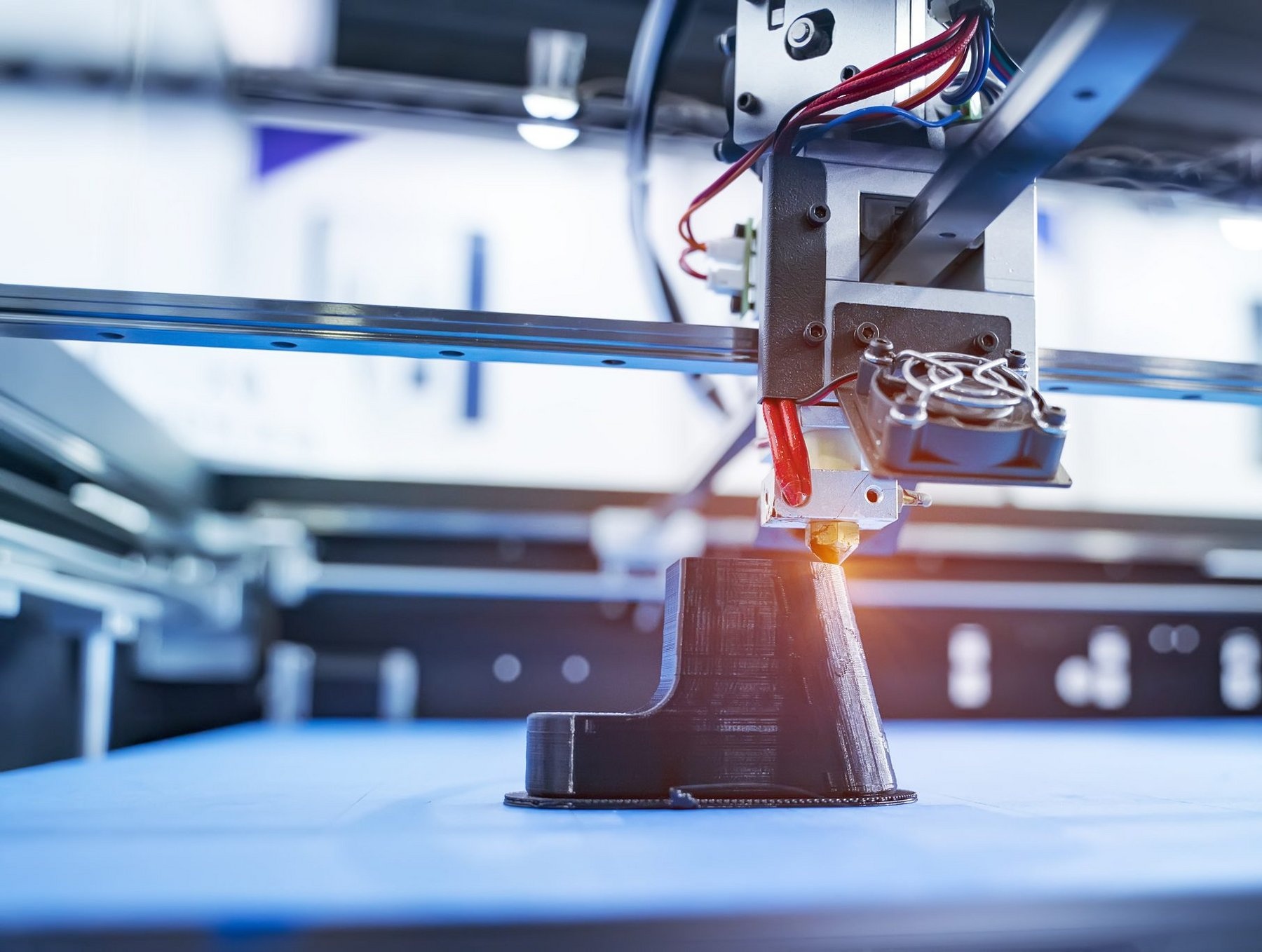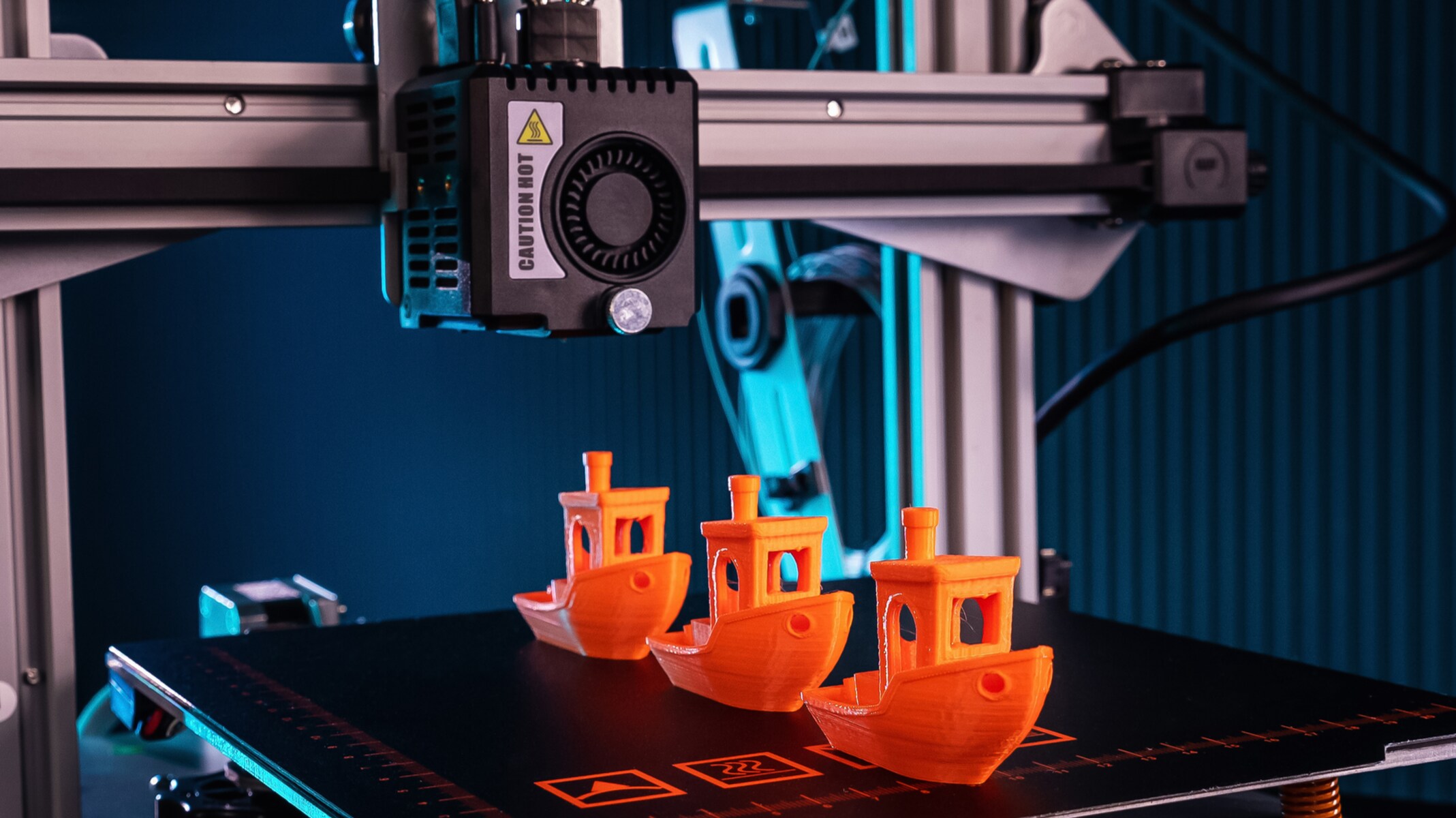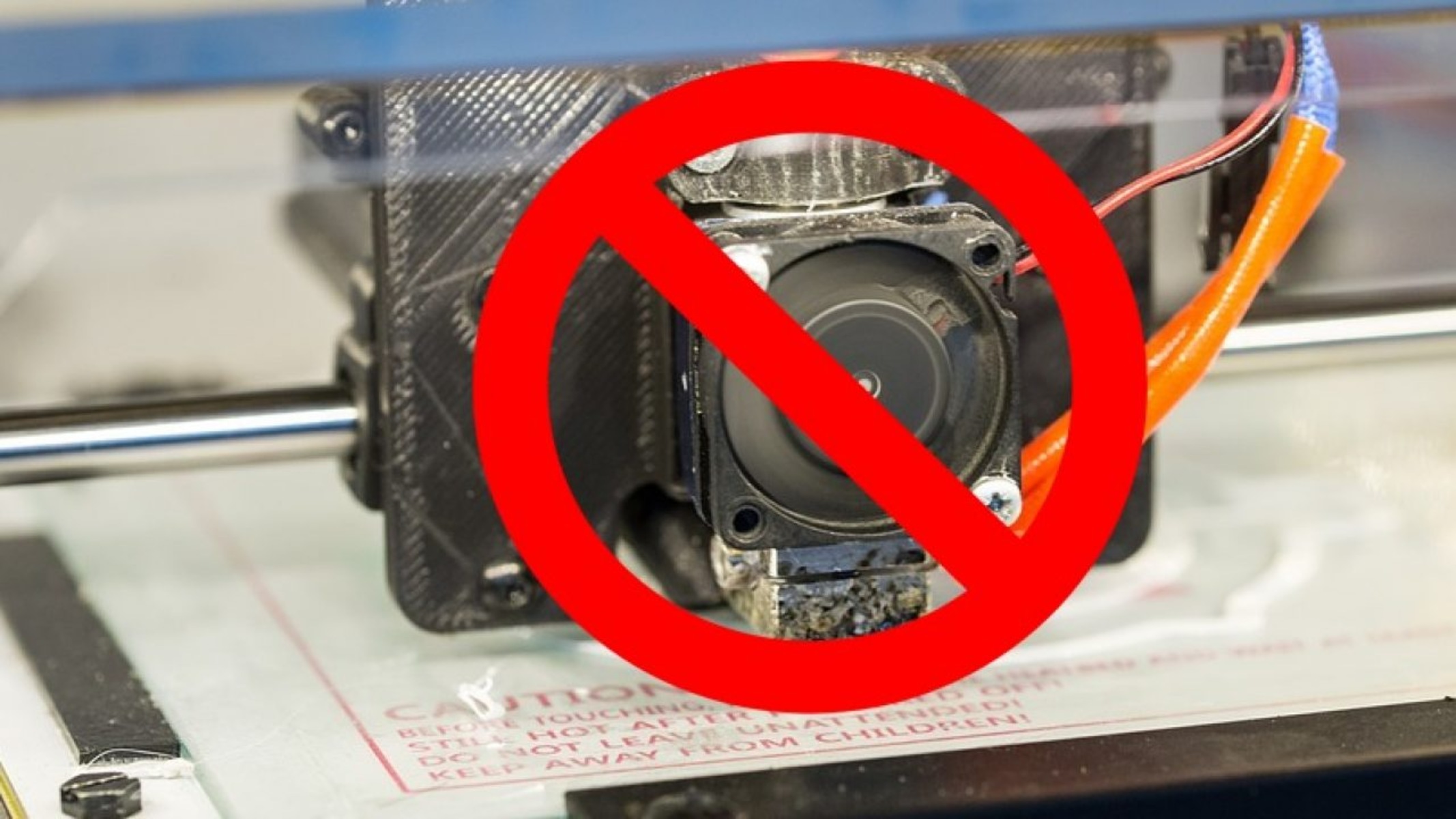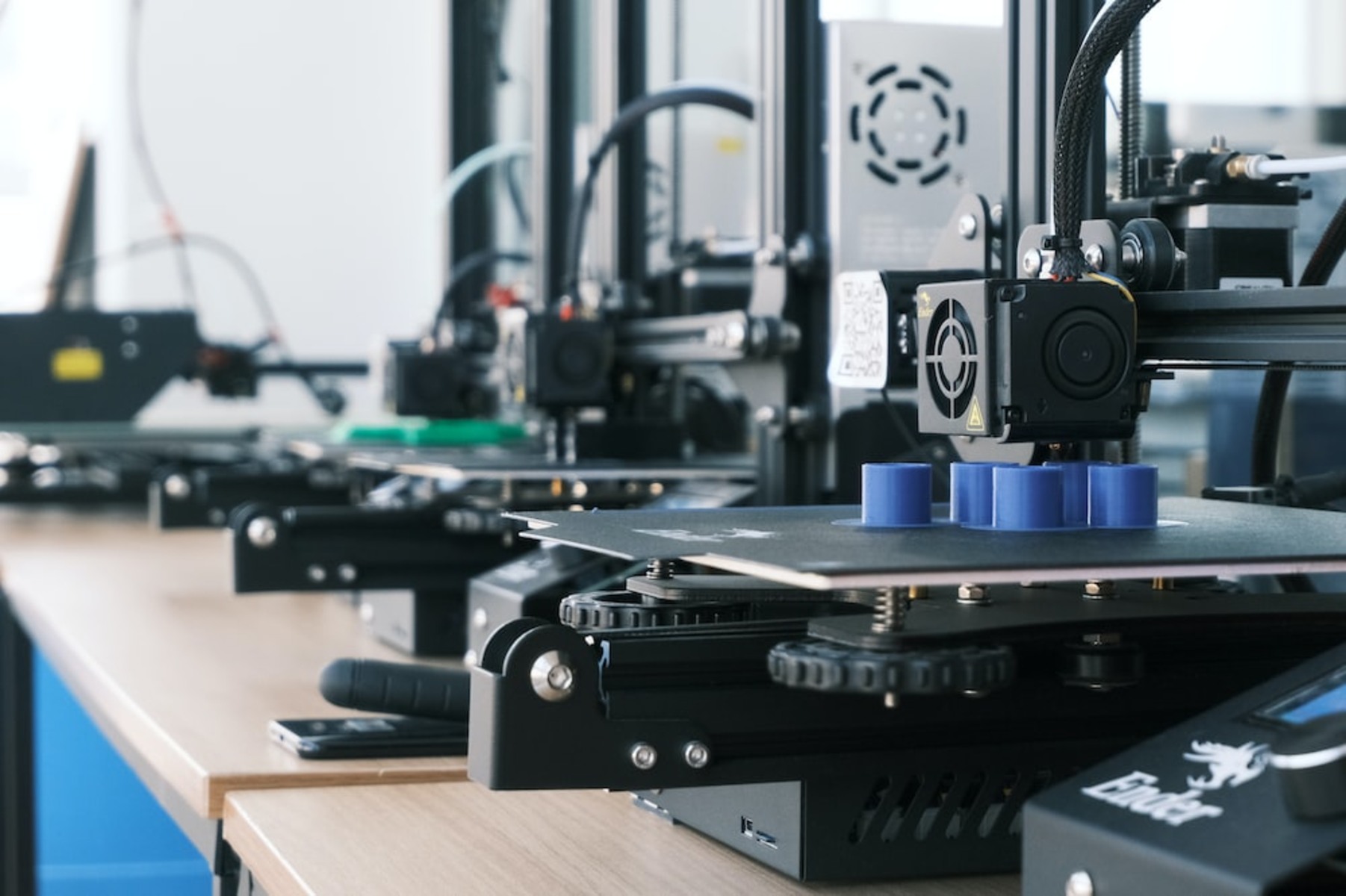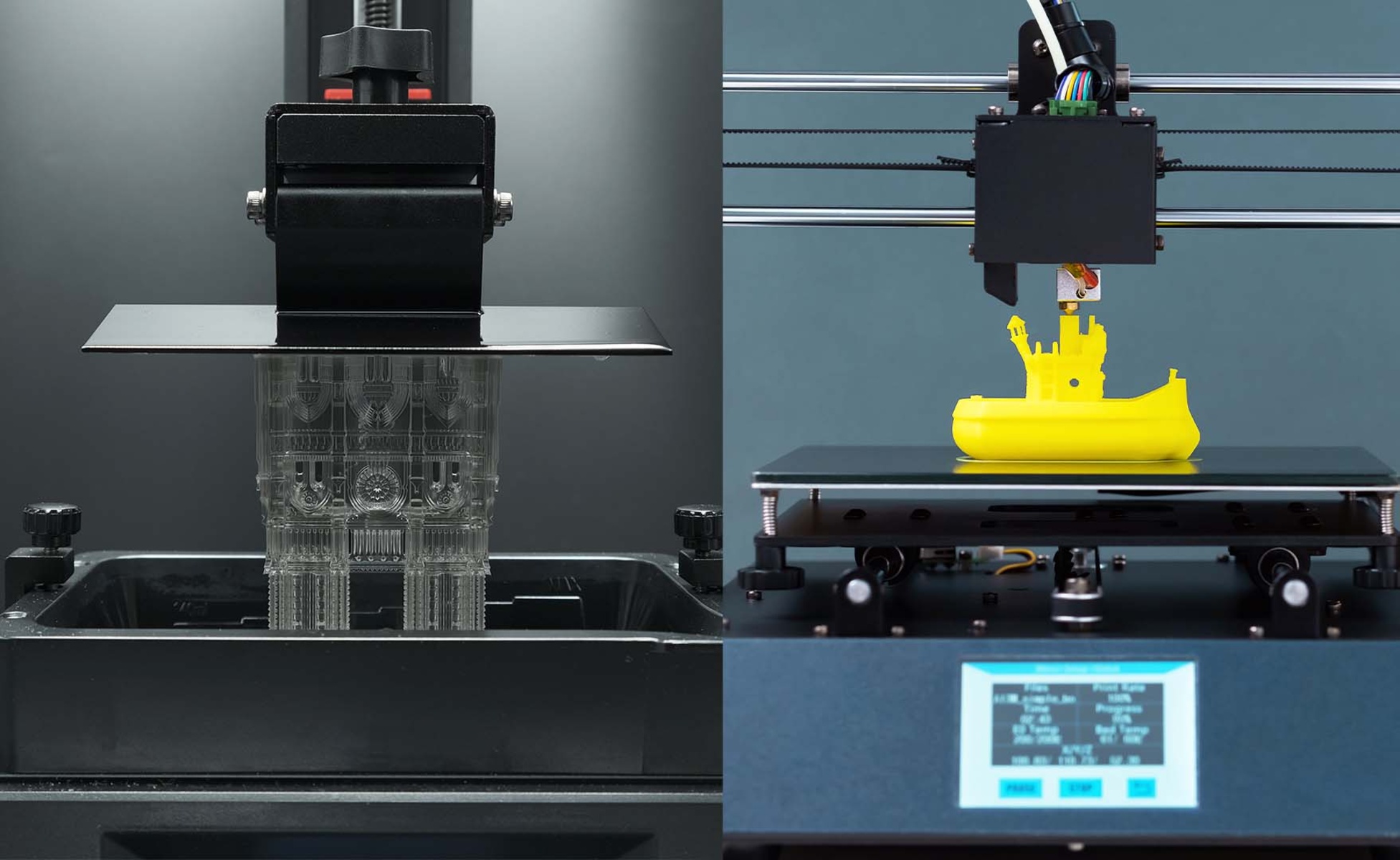Automotive Industry
The automotive industry is one of the leading adopters of 3D printing technology. From prototyping to production, 3D printing has revolutionized the way cars are designed, manufactured, and customized.
One key application of 3D printing in the automotive industry is rapid prototyping. Automakers can quickly produce functional prototypes of new car designs, allowing for faster iterations and reducing the time and cost involved in traditional prototyping methods. 3D printing also enables the creation of complex geometries that were previously impossible to achieve, giving designers more freedom and flexibility in their designs.
Furthermore, 3D printing has enabled the production of lightweight and durable parts for automobiles. Additive manufacturing techniques, such as selective laser sintering (SLS) and fused deposition modeling (FDM), can create parts with intricate internal structures, reducing weight while maintaining strength. This not only improves fuel efficiency but also enhances the overall performance of the vehicle.
In addition to prototyping and parts production, 3D printing is also used in the customization of automobiles. Car enthusiasts can now personalize their vehicles by designing and 3D printing unique accessories, such as custom grilles, dashboard trims, and even body panels. This level of customization was previously limited to high-end luxury cars, but with 3D printing, it is becoming more accessible and affordable for a broader range of consumers.
Another significant advantage of 3D printing in the automotive industry is supply chain optimization. By utilizing on-demand manufacturing, automakers can reduce inventory levels and eliminate the need for expensive storage space. Instead of keeping a vast inventory of spare parts, they can simply 3D print the required components as needed, reducing waste and cost.
Overall, the use of 3D printing in the automotive industry has paved the way for faster design iterations, lightweight and durable parts, customization opportunities, and optimized supply chains. As the technology continues to advance, we can expect further integration of 3D printing in the automotive manufacturing process, leading to more efficient, sustainable, and innovative vehicles.
Aerospace Industry
The aerospace industry has been at the forefront of adopting 3D printing technology, driving innovation and pushing the boundaries of what is possible. 3D printing, also known as additive manufacturing, has significantly impacted various aspects of the aerospace industry, including design, production, and maintenance.
One of the primary applications of 3D printing in the aerospace industry is the production of complex components with intricate geometries. Traditional manufacturing methods often face limitations in creating these complex designs, but 3D printing allows for the production of parts with intricate internal structures that were previously impossible to achieve. This not only reduces the weight of the components but also enhances their strength and performance, crucial factors in the aerospace industry.
Additive manufacturing has also revolutionized the prototyping process in the aerospace industry. With 3D printing, engineers can quickly produce functional prototypes of aircraft components, allowing for rapid design iterations and reducing the time and cost associated with traditional prototyping methods. This enables faster development cycles and accelerates the overall innovation in the aerospace sector.
Furthermore, 3D printing has played a significant role in the production of lightweight and fuel-efficient aircraft parts. Additive manufacturing techniques, such as selective laser melting (SLM) and electron beam melting (EBM), enable the creation of complex, yet lightweight, structures. This has led to a reduction in fuel consumption and emissions, as lighter aircraft require less fuel to operate. Additionally, 3D printing allows for the consolidation of multiple parts into a single component, further reducing weight and increasing efficiency.
Another area where 3D printing has made a significant impact in the aerospace industry is in the maintenance and repair of aircraft. With the ability to 3D print replacement parts on-demand, airlines and maintenance teams can reduce downtime and minimize the need for extensive spare parts inventory. In remote locations or during critical situations, 3D printing enables the quick production of necessary components, ensuring the operational readiness of the aircraft.
In summary, 3D printing has revolutionized the aerospace industry by enabling the production of complex components, reducing weight and improving performance, accelerating the prototyping process, and streamlining maintenance and repair operations. As the technology continues to evolve, we can expect even more groundbreaking advancements in the aerospace sector.
Healthcare Industry
The healthcare industry has embraced 3D printing as a game-changing technology with the potential to revolutionize patient care, medical education, and surgical procedures. From personalized implants to anatomical models, 3D printing has opened up new possibilities in healthcare.
One significant area where 3D printing has made a tremendous impact is in the production of patient-specific implants and prosthetics. By utilizing medical imaging data, such as CT scans or MRIs, healthcare professionals can create customized implants that perfectly fit a patient’s unique anatomy. This not only improves patient outcomes but also reduces the risk of complications and improves patient satisfaction. In addition, 3D printing allows for the creation of personalized prosthetic devices, such as limb prosthetics, dental implants, and hearing aids, tailored to the specific needs of each patient.
Furthermore, 3D printing has revolutionized surgical planning and education. Surgeons can now use 3D printed anatomical models to study and practice complex procedures before operating on a patient. This technology enables surgeons to better understand the patient’s anatomy, test different surgical approaches, and improve overall surgical outcomes. Medical students and trainees also benefit from 3D printed models, as they can gain hands-on experience and better visualize complicated anatomical structures.
Another significant application of 3D printing in healthcare is in the production of customized medical devices and instrumentation. Healthcare professionals can now design and 3D print specialized tools and instruments to meet the specific needs of a procedure or patient. This level of customization improves the precision and efficiency of medical interventions, leading to better patient outcomes.
Moreover, 3D printing has the potential to revolutionize the field of regenerative medicine and tissue engineering. Researchers are exploring the use of 3D printed scaffolds and bio-inks to create complex structures that mimic human organs and tissues. This technology holds promise for the creation of patient-specific organs for transplantation, eliminating the need for donors and reducing the risk of organ rejection.
In summary, 3D printing has transformed the healthcare industry by enabling the production of personalized implants and prosthetics, improving surgical planning and education, facilitating the customization of medical devices, and advancing the field of regenerative medicine. With ongoing advancements in this technology, we can expect even more exciting developments in the field of healthcare.
Architecture and Construction
3D printing has made significant strides in the field of architecture and construction, offering new possibilities in design, construction techniques, and sustainability. This technology has the potential to transform the way buildings are designed, constructed, and even rehabilitated.
One key application of 3D printing in architecture is the creation of complex and intricate architectural models. Architects can now use 3D printers to quickly and accurately produce scaled models, allowing for a better visualization of their designs. This not only aids in the design process but also helps clients and stakeholders understand the final product before construction begins.
Furthermore, 3D printing has opened new doors for the construction industry with the potential to create customized and sustainable structures. Large-scale 3D printers can now construct building components, such as walls, facades, and even entire houses, using various materials, including concrete and recycled materials. This technology not only reduces construction time and labor costs but also minimizes waste and improves the overall sustainability of the built environment.
In addition to traditional construction, 3D printing enables the production of complex and unique architectural elements that were once challenging or impossible to achieve with traditional methods. Architects and designers can now explore innovative shapes, intricate patterns, and intricate details that push the boundaries of traditional construction techniques.
Another significant advantage of 3D printing in architecture and construction is the potential for remodeling and rehabilitation projects. With the ability to 3D print custom-made replacement parts or components, the process of repairing or upgrading existing structures becomes more efficient and cost-effective. This technology allows for precise replication of unique elements, ensuring seamless integration with the existing architecture.
Moreover, 3D printing facilitates the incorporation of sustainable elements in construction projects. By using bio-based materials or recycled materials, construction companies can reduce their carbon footprint and contribute to a more sustainable built environment. Some 3D printing technologies even allow for the integration of renewable energy systems directly into the structure, further enhancing sustainability.
In summary, 3D printing offers immense potential in the architecture and construction industry, ranging from the creation of precise architectural models to the construction of sustainable structures. With its ability to transform the way buildings are designed, constructed, and rehabilitated, 3D printing is revolutionizing the field and paving the way for more efficient, sustainable, and innovative architecture and construction practices.
Fashion Industry
3D printing has emerged as a disruptive force in the fashion industry, offering new possibilities in design, customization, and sustainability. This technology has the potential to revolutionize the way garments, accessories, and even footwear are created.
One significant impact of 3D printing in the fashion industry is the ability to create intricate and complex designs that were previously difficult to achieve with traditional manufacturing methods. Designers can now experiment with unique shapes, textures, and patterns, pushing the boundaries of conventional fashion design. This opens up a whole new realm of creative possibilities and allows for the production of one-of-a-kind pieces.
Another advantage of 3D printing in fashion is the opportunity for customization. With 3D printing, consumers can now have garments and accessories tailored to their specific measurements and preferences. This level of personalization enhances the overall shopping experience, providing customers with unique and perfectly fitting items that reflect their individual style.
Furthermore, 3D printing enables the creation of lightweight and innovative textile structures. Designers can utilize flexible and breathable materials that conform to the body, offering comfort and functionality. This technology also allows for the integration of complex features, such as ventilation systems or 3D texture patterns, which were once challenging to achieve with traditional manufacturing methods.
Another area where 3D printing is making waves in the fashion industry is sustainable fashion. Traditional fashion manufacturing processes often produce a significant amount of waste, but 3D printing can reduce material waste by only using the exact amount of material needed for each item. Additionally, 3D printing enables the use of recycled or upcycled materials, contributing to a more sustainable and environmentally conscious fashion industry.
Moreover, 3D printing has the potential to revolutionize footwear design and production. Customizable and ergonomic shoe designs can be created to provide superior comfort and support. The technology also allows for the integration of customized cushioning and shock absorption systems, enhancing overall performance and reducing the risk of foot-related injuries.
In summary, 3D printing is transforming the fashion industry by enabling the creation of intricate designs, offering customization options, promoting sustainability, and revolutionizing footwear design. As this technology continues to evolve, we can expect even more groundbreaking advancements in fashion, providing new opportunities for designers and consumers alike.
Jewelry and Accessories
3D printing has revolutionized the world of jewelry and accessories, offering unparalleled design possibilities, customization options, and production efficiency. This technology has transformed the way jewelry is designed, manufactured, and even worn.
One of the most significant advantages of 3D printing in the jewelry industry is the freedom it provides to designers in terms of intricate and complex designs. With traditional manufacturing methods, creating intricate and detailed pieces can be both time-consuming and costly. However, 3D printing allows designers to effortlessly bring their imaginative and intricate designs to life, pushing the boundaries of traditional jewelry manufacturing.
Moreover, 3D printing has transformed the customization options available to customers. With the ability to personalize jewelry and accessories, consumers can have pieces that are uniquely tailored to their style and preferences. Whether it’s adding initials, birthstones, or other personalized elements, 3D printing enables the creation of one-of-a-kind pieces that hold special meaning to the wearer.
In addition to customization, 3D printing offers unparalleled precision and accuracy in jewelry production. This technology ensures consistent quality in the reproduction of designs, eliminating human errors and variations that can occur in traditional craftsmanship. Each piece can be replicated with precision, resulting in flawless and consistent jewelry.
Furthermore, 3D printing has significantly reduced the time and cost involved in jewelry manufacturing. Traditional methods often require multiple steps and extensive labor hours to produce a piece of jewelry. However, 3D printing streamlines the production process by directly translating digital designs into physical objects, reducing both production time and costs. This efficiency allows jewelry companies to quickly respond to market demands and create cost-effective pieces without compromising on quality.
Another exciting aspect of 3D printing in the jewelry industry is the ability to incorporate innovative materials and techniques. With the use of specialized 3D printing materials, such as precious metals, ceramic, or even unique composite materials, designers can create avant-garde pieces that were once impossible to make through traditional manufacturing methods.
Furthermore, 3D printing has allowed designers to experiment with unconventional and dynamic forms. This has resulted in the creation of statement jewelry and accessories that capture attention and push the boundaries of traditional designs. With 3D printing, designers can explore asymmetrical shapes, organic forms, and complex geometries, giving rise to truly unique and captivating pieces.
In summary, 3D printing has transformed the jewelry and accessories industry by enabling intricate and complex designs, offering customization options, streamlining production processes, and fostering creativity and innovation. As this technology continues to advance, we can expect even more groundbreaking developments in the world of jewelry.
Education and Research
3D printing has become a valuable tool in the field of education and research, offering unique opportunities for hands-on learning, innovation, and scientific advancement. This technology has transformed the way students learn, researchers conduct experiments, and educators facilitate engagement.
One primary application of 3D printing in education is the creation of tactile and visual aids. Teachers can use 3D printers to produce models, prototypes, and custom educational tools that enhance the learning experience for students. These 3D printed objects provide a tangible representation of abstract concepts, allowing for better understanding and retention of information. From anatomical models to geological formations, 3D printing enables students to interact with complex subjects in a more engaging and meaningful way.
Furthermore, 3D printing has revolutionized the study of STEM (science, technology, engineering, and mathematics) subjects. Students can design and 3D print their own prototypes, models, and experiments, fostering critical thinking, problem-solving, and innovation. This hands-on approach not only enhances students’ technical skills but also encourages creativity and entrepreneurial thinking.
In addition to education, 3D printing has significantly impacted the field of research. Researchers can utilize 3D printing to create custom laboratory equipment, specialized tools, and even organ models for experimentation. This allows for more precise and tailored research methods, leading to accelerated scientific discoveries and advancements.
Moreover, 3D printing has opened up new possibilities for rapid prototyping and iterative design in research projects. Researchers can quickly produce tangible models and prototypes to test concepts, evaluate feasibility, and make improvements. This iterative process saves time and resources, enabling researchers to refine their ideas and innovations more efficiently.
Another area where 3D printing has made significant contributions is in the field of medicine and healthcare research. Scientists can use this technology to create precise replicas of anatomical structures for surgical planning and simulation. Furthermore, 3D bioprinting allows for the development of tissue and organ models for drug testing, regenerative medicine, and personalized medicine research.
Furthermore, 3D printing has fostered collaboration and knowledge sharing in the academic community. Researchers and educators can freely share 3D printable models, designs, and resources, facilitating a culture of open-source innovation and collective learning.
In summary, 3D printing has transformed education and research by providing hands-on learning experiences, promoting innovation and creativity, enabling rapid prototyping and iterative design, and advancing scientific research. As this technology continues to evolve, we can expect even more exciting developments in education and research, leading to enhanced learning experiences and groundbreaking discoveries.
Electronics and Consumer Goods
3D printing has had a profound impact on the electronics and consumer goods industry, revolutionizing product design, customization, and manufacturing processes. This technology has transformed the way electronic devices and consumer goods are developed, produced, and consumed.
One of the main applications of 3D printing in this industry is the creation of prototypes and functional models. Designers and engineers can quickly produce physical representations of electronic devices or consumer goods, allowing for precise testing and evaluation before the final production stage. This iterative prototyping process helps optimize product designs, reduce development time, and improve overall product performance.
Furthermore, 3D printing enables the customization of electronic devices and consumer goods according to individual preferences and needs. Consumers can now personalize their products by choosing specific features, colors, materials, or even incorporating their own designs. This level of customization enhances consumer satisfaction and provides a unique and personalized user experience.
In addition to customization, 3D printing offers the possibility of producing complex and intricate designs in electronics and consumer goods. Traditional manufacturing methods often face limitations in creating intricate structures or unconventional shapes, but 3D printing allows for the production of intricate details and unique geometries that were once challenging to achieve. This has opened up new avenues for innovative and eye-catching product designs.
Moreover, 3D printing has streamlined the production and supply chain processes in the electronics and consumer goods industry. Instead of relying on extensive and costly manufacturing facilities, companies can implement distributed manufacturing using 3D printers located closer to the end-users. This reduces time to market and transportation costs, minimizing the ecological footprint associated with traditional manufacturing techniques.
Another significant advantage of 3D printing in this industry is the ability to produce spare parts on-demand. Instead of maintaining large inventories of spare parts, manufacturers and retailers can simply 3D print the required components as needed. This reduces storage costs and eliminates the issue of obsolete spare parts, providing a sustainable solution for the maintenance and repair of electronic devices and consumer goods.
Furthermore, 3D printing has brought about advancements in the field of wearable technology. With the ability to create highly intricate and customized designs, 3D printing allows for the production of wearable devices that seamlessly integrate with the human body. These devices can be tailored to fit individual needs, providing personalized and comfortable solutions for health monitoring, fitness tracking, and other applications.
In summary, 3D printing has transformed the electronics and consumer goods industry by offering rapid prototyping, customization options, intricate design possibilities, streamlined production processes, and advancements in wearable technology. As this technology continues to advance, we can expect even more groundbreaking developments, leading to more innovative and tailored electronic devices and consumer goods.
Food Industry
3D printing has made significant advancements in the food industry, offering innovative solutions in culinary arts, personalized nutrition, and sustainable food production. This technology has transformed the way food is prepared, presented, and consumed.
One significant application of 3D printing in the food industry is the creation of intricate and customized food designs. Chefs and culinary artists can now use 3D printers to produce unique shapes, textures, and patterns that were once difficult to achieve by hand. This opens up endless possibilities for creative food presentation that captivates the senses and enhances the dining experience.
Furthermore, 3D printing enables the creation of personalized and customized food products tailored to individual preferences and dietary needs. With the ability to control ingredients, portion sizes, and nutritional content, 3D printed food offers a level of customization that caters to specific dietary restrictions, allergies, or personal preferences. This allows for a more personalized and enjoyable dining experience.
In addition to customization, 3D printing has the potential to address sustainability challenges in the food industry. By utilizing alternative ingredients and reducing food waste, 3D printing can contribute to a more sustainable and environmentally friendly food production process. This technology can also help optimize the use of resources by producing food items with precise portion sizes and minimal waste.
Moreover, 3D printing has the potential to revolutionize the field of personalized nutrition. With the ability to create food products with specific nutritional profiles, 3D printing can cater to individual dietary needs and health goals. This technology opens up new possibilities for creating personalized meal plans that are tailored to an individual’s specific nutritional requirements.
Another exciting application of 3D printing in the food industry is the creation of texture-modified food for individuals with swallowing difficulties or dysphagia. By altering the texture and consistency of food, 3D printing can help individuals maintain a nutritious and enjoyable diet, improving their overall quality of life.
Furthermore, 3D printing has the potential to revolutionize the culinary education and research fields. Chefs and researchers can use this technology to experiment with new flavors, textures, and ingredient combinations, pushing the boundaries of culinary arts. 3D printed food also offers an avenue for studying the impact of food structure, texture, and composition on sensory perception and consumer preferences.
In summary, 3D printing has transformed the food industry by offering customized food products, creative food presentation, sustainable food production, and personalized nutrition solutions. As this technology continues to advance, we can expect even more exciting developments in the field, leading to more diverse, sustainable, and personalized food options for consumers.
Art and Design
3D printing has had a profound impact on the world of art and design, revolutionizing the possibilities for creative expression and pushing the boundaries of artistic innovation. This technology has transformed the way artists and designers approach their craft, enabling them to bring their imagination to life in unprecedented ways.
One significant application of 3D printing in art and design is the creation of intricate and complex sculptures and art pieces. Artists can now design and 3D print highly detailed and intricate structures that were once challenging or impossible to achieve through traditional sculpting methods. This technology allows for the exploration of intricate textures, organic forms, and complex geometries, enabling artists to create stunning and one-of-a-kind pieces.
Furthermore, 3D printing has democratized access to art and design. With affordable desktop 3D printers, artists of all levels can bring their ideas to life without the need for expensive equipment or specialized skills. This accessibility fosters innovation and allows for a more diverse range of artistic expressions.
In addition to sculptural art, 3D printing has also revolutionized other branches of art and design, such as jewelry, fashion, and product design. Designers can now create customized and intricate pieces with ease, incorporating innovative shapes and patterns. This technology allows designers to experiment with unique materials, textures, and structures, opening up new possibilities for artistic expression.
Moreover, 3D printing has transformed the field of architectural design and model making. Architects can utilize 3D printers to produce highly detailed and accurate models, enabling clients and stakeholders to visualize the final project. This technology allows for precise iterations and fine-tuning of architectural designs, saving time and resources in the design and planning stages.
Another exciting aspect of 3D printing in art and design is its potential for collaboration and remixing of ideas. Artists and designers can freely share 3D printable files and collaborate on projects, fostering a culture of open-source innovation and collective creativity. This collaborative approach promotes the exchange of ideas and pushes the boundaries of artistic exploration.
Furthermore, 3D printing has facilitated the restoration and preservation of art and cultural artifacts. Precise replicas can be 3D printed to replace damaged or missing parts, ensuring the preservation of cultural heritage for future generations.
In summary, 3D printing has revolutionized the world of art and design by offering intricate sculptural possibilities, accessibility to artists, innovative applications in jewelry and fashion design, efficient architectural model making, collaborative creativity, and preservation of cultural artifacts. As this technology continues to advance, we can expect even more exciting developments that will shape the future of art and design.







